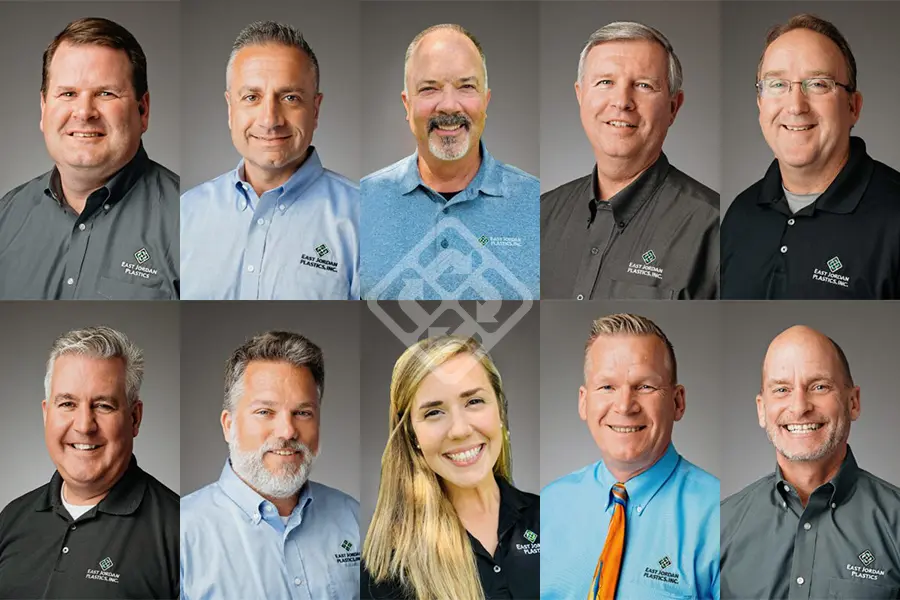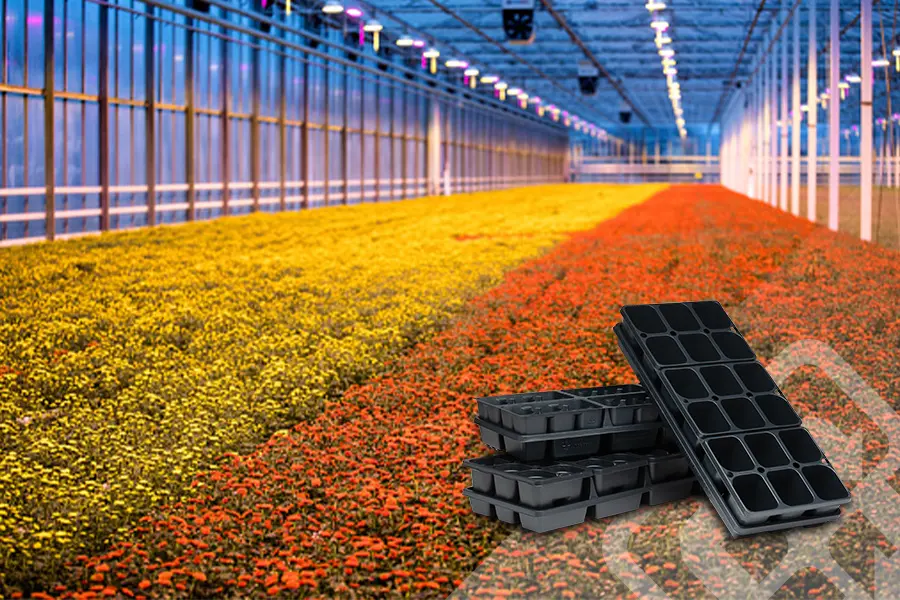At East Jordan Plastics, we believe in sustainable practices done right. We’ve been doing it since the early 60s and continue to evolve our plastic recycling practices in an effort to inspire lasting change in our industry. And that’s why we act on it at home and “walk the walk” at each of our facilities.
At each of our 3 facilities, we have trash and single-stream recycling bins in all common areas—nearly all trash bins are a double bin attached with recycling. It’s our responsibility to separate our internal waste streams and limit waste as much as possible. As we say, it’s one thing to feel good about sustainability. It’s another to act on it.
From the top down, actions speak louder than words
How do we do it? With a lot of hard work, organizational smarts, and inspiring leadership from our plant-level management and teams on the floor.
“One of our internal initiatives is to do anything we can to divert any waste we generate from landfills,” says Owen Diller, corporate recycling manager. “A big part of this is utilizing single-stream recycling and having partners, whether it be in recycling or not, to help us keep those materials out of landfills.”
That’s why our facilities are all equipped with single-stream bins. These bins collect everything from paper, cardboard, and non-corrugated cardboard to plastic bottles, aluminum cans, and other metals all into one place for other facilities to resource it. After everything is sorted and cleaned at those facilities, it’s transferred for processing where it can be manufactured into other, new products.
Leading by example and going beyond
However, not everything being thrown away works for single-stream processors, and that’s why we partner with non-recycling operations. Sometimes, that means they’re taking waste products and manufacturing them into new items and, other times, it’s working with other facilities for incineration rather than adding more waste to landfills.
“We’re always searching for new solutions and alternative markets for our waste products that our single-stream partners aren’t set up for,” Owen says.
Finally, we recycle our own polypropylene (PP) and polystyrenes (PS) waste in our own manufacturing process. That means, for example, when an employee uses a plastic cup or to-go container at the office, those products will be cleaned, ground, and added to our material for the production of our products.
“The best way to divert material with the least amount of emissions is to make it travel the least,” Owen says. “We do our best to process all PS and PP in-house. We feed it in, regrind it, and use it in our own manufacturing system.”
Doing the right thing, even if it’s challenging
While this process is incredibly demanding as we have to wash and clean everything before putting it back into our recycling process, nothing worthwhile comes easy. It’s all part of our commitment to implementing a fully energy-efficient, closed-loop plastic recycling process that delivers high-quality plastic products.
Simply put, “it’s the right thing to do, for growers, the industry, and the planet.”











